Haiti Mission Trip: Helping those in poverty is a rich experience
Bailey Davis volunteering with Life Connection Mission in Montrouis, Haiti
October 16, 2017
I have always had sympathy for the Haitians living in the indescribable poverty of the poorest country in the Western Hemisphere, but I never took it upon myself to actually do something about it, until I opened up my eyes and saw the need.
Life Connection Mission is an organization that provides humanitarian outreach to the town of Montrouis, Haiti, such as educational programs for more than 500 children, medical assistance, ministry, nutritional meals, and Student Sponsorship.
My local church, Greenridge Baptist, partners with LCM to send a team of missionaries to Haiti, where they aid the community with their general needs, but to also build relationships with the nation’s people by planting seeds of faith, digging depths of hope, and sharing the healing love of Jesus Christ.
After getting involved with LCM, I realized that I could make a difference with my own life. It was time to take my compassion and turn it into action. All I had to do was be willing to move my feet and trust that God would guide my footsteps. I had the chance to be the call and be all that I was made to be.
On August 2, 2017, I left United States soil and traveled 1,470 miles to the Caribbean island of Hispaniola, embarking on an international mission trip to the impoverished nation of Haiti.
The trip wasn’t comfortable. Sometimes it hurt. It even broke my heart. But all of that was okay, because the experience changed me. It left marks on my memory, my consciousness, and my heart.
These are the most memorable aspects of my time in Haiti:
Arrival in Port Au Prince
My first few moments after exiting the airplane in Haiti were pretty hectic. We landed in the nation’s capital city, Port Au Prince, around 3 o’clock pm on August 2. After clearing immigration, we headed towards the baggage claim area.
After my team and I found all of our luggage, we proceeded to exit the airport. There was an extremely large and noisy crowd of people waiting outside of the doors, shouting the word “blan.” In Haitian Creole, the word “blan” directly translates to “white,” but the Haitians use the phrase to address a foreigner of any kind.
Many of the other people were asking for money and reaching for our bags and suitcases, not in an attempt to steal, but to carry them for us in exchange for money. We were previously told not to give anyone any money and instead to hold on to our bags and say “No meci.”
It was hard to make our way through the large group, and I was feeling very anxious due to the chaos we were met with within minutes of stepping onto Haitian soil. But then, I saw three Haitian men wearing bright blue t-shirts, with the letters “LCM” written on the front.
We found our Life Connection Mission escorts. They were sent by the Mission to meet us at the airport and to safely bring us to LCM. I was finally able to calm down as they escorted us out to the parking lot and loaded our bags onto their pickup trucks.
The Drive to Montrouis
Once in the trucks, we left the airport and drove to the LCM compound in Montrouis, which was about an hour and a half away from Port Au Prince. The only word that came out of my mouth for the entire ride was “wow.”
Haiti was hit by a powerful earthquake in 2010 and has history of hurricanes and other tropical storms. Although the effects of these disasters were devastating, the damage cannot compare to the immense poverty that already exists in this third world country.
Just looking out the window of the backseat of a pickup truck was overwhelming, because of the sights, the sounds, and the commotion going on right before my eyes.
Most of Haiti’s population lives on less than $1.00 a day. Malnutrition is common among all citizens. There is no form of trash pick-up or other government services, no garbage cans or trucks whatsoever. As a result, piles of trash and debris cover the ground.
I saw children that were barely clothed, teenage girls carrying buckets on their heads, garbage piles literally everywhere being set on fire, incredibly thin and bony goats and donkeys wandering the streets, and shacks made from tin and wood that barely stayed together.
The traffic and the roads were absolutely terrible. Not only were the streets unpaved and uneven, the other vehicles constantly made me afraid we’d get hit.
One of the most heartbreaking things I saw was an old man bathing in a street puddle, and a little boy, a child, coming up to get drinking water from the same puddle.
Not many of the people have access to a reliable or clean water source, like a hand pump or a well. A large portion of the population depends on lakes, streams and rivers for their water, regardless of the cleanliness. Polluted water leaves the people susceptible to disease and infection.
This poverty was much easier to ignore before I saw it with my own eyes. Before I saw the constant struggle of survival. Before I saw the faces of the people affected by it. But once I did, everything changed.
Accommodations at the LCM Compound
Life Connection Mission has a guest house at their office in the town of Montrouis. This was where my team and I slept and stayed during the week whenever we were not doing mission work.
Many of the amenities that us Americans enjoy do not exist in Haiti, and although the compound offered much more comfort than the world on the other side of the wall, it still took me a while to settle in. There was no air conditioning, so there was sweat from the Caribbean heat covering my body at all times. There was no hot or drinkable tap water whatsoever, which meant taking cold showers and using bottled water to brush my teeth.
The electricity at the compound was generated by solar panels and inverters, but it was very sporadic and not always reliable.
The food was different, obviously, but it was delicious. The mission fed us two meals a day, breakfast and an early dinner. Since many of the Haitians barely get one meal a day, we sacrificed one of ours.
The Haitian cooks working at the compound prepared some of the best food I’ve ever tasted, such as fresh fruit and occasionally banana pancakes or toast for breakfast, and rice, beans, and meat dishes, beet and potato salad, fried plantains, and many other Haitian delicacies for dinner.
I didn’t exactly sleep well at night. The lack of physical comfort played a large role in that, due to the fact that my tough mattress felt like cardboard and I was breaking a sweat just lying there. As I tried to sleep, I heard roosters crowing, dogs barking, voices clattering, horns honking, and bugs buzzing. All of this made me realize exactly how much I depend on the comfort and predictability of life at home.
I was actually feeling a lot of anxiety and a little bit of panic on the first night. Cultural immersion was taking its toll. This was the first time I’ve ever been truly surrounded by another culture before. Being in a completely unfamiliar location thousands of miles away from the place that I call home was extremely disorienting and a little frightening at times.
But now that I’m back in the U.S., I’m literally laughing at myself about how I felt when I first arrived.
Vacation Bible School
On Thursday, August 3, my first full day in Haiti, and Monday, August 7, my last full day in Haiti, my team and I held a Vacation Bible School for the Haitian children attending the LCM school.
VBS is an outreach program that many churches in the U.S. do, where children from all over are invited to come in over summer break and learn about God.
Little did I know that this VBS would have a bigger impact on me more than it would on the children.
I saw the faces of the children as they walked through the door of the classroom we were given. They looked so happy and excited, while also being barely clothed and close to starving. They felt so much joy and exhilaration as we went over the Bible lesson and the craft.
The Bible story we told (with the help of a translator) was about how God made them, and we had them make crafts to go along with it. The craft was a puppet made out of a brown paper bag, and by using markers, yarn, and other materials, the children made little versions of themselves.
The smiles on these kids looked happier than anything I’ve ever seen in my entire life. This euphoria that they got derived from a simple lunch bag that they decorated with random supplies that we found lying around. I couldn’t comprehend how something as small and as plain as that gave them so much joy.
But then I remembered that I was in a whole new world, and although this little craft may not have had this same effect on American children, it was all that these Haitian children really had.
Having this VBS with the kids warmed and broke my heart simultaneously.
The Church Service
My team and I went to two church services at the Montrouis Chappell, one on the evening of Friday, August 4, and another on the morning of Sunday, August 6.
I felt the presence of the Holy Spirit in that room, but not because of what the pastor preached or the songs that they sang. I felt the Holy Spirit when I saw the Haitians worshiping.
Keep in mind, these people barely have the basic necessities for survival. But their state of poverty did not stop them from rejoicing and praising God Almighty. They were all on their feet at all times, shouting praises to God. Even in spite of the constant challenges, the Haitians loved and thanked God for all that they had.
I couldn’t wrap my head around the fact that people with so little, had such strong jubilation in God. How people had such incredible joy in the Lord among their intense poverty.
Delivering food and supplies to the mountain
On Saturday, August 5, the whole Mission team, including my group from church, the local Haitians working for LCM, and the leaders/board members of the organization, got on a bus and drove up to a village on a mountain near Montrouis.
There was a large crowd of people waiting at the area that the bus stopped at. We opened the back doors of the vehicle and started handing out plates of food. The Mission has a “children first” rule, which makes sense since the adults in Haiti can fend for themselves; whereas the children cannot.
Most of the Haitians followed this rule. But there was one adult man who was pushing some of the children out of the way to get to the food. And when we started handing out the clothes and other supplies that was donated by American churches, he fought with somebody over a t-shirt.
While reading this, you probably automatically labeled the man as the selfish jerk who didn’t care what happened to others as long as he had what he wanted, but you may be forgetting the level of desperation that he was experiencing.
You’ve probably never shoved a child who was between you and your access to a meal, or started fighting someone because you both wanted the same shirt, but have you ever been desperate enough for food or clothes like this man was?
The Homeless Shelter
It was on Sunday, August 6, when my team and I visited a homeless shelter. First of all, this was hardly a shelter. It was a building made of stone with a dirt floor, and it was literally falling apart.
In America, homeless shelters are generally run by organizations or agencies that provide temporary residence and accommodations for homeless people.
Whereas in Haiti, this homeless shelter was an abandoned building where people went if their home had been destroyed or they lost their family. There were no employees there to aid or feed the people, so the shelter did not provide any more services for the homeless than that of the street, except for a crumbling roof over their heads.
Before even entering the building, the whole LCM team created a bucket brigade chaining from the truck to the front door, where we passed plates of food person by person into the shelter.
After everyone had a meal, we went into the building to give the people clothes and other supplies. Walking through the doorway was truly heartbreaking. The “floor” was mud, the smell was absolutely terrible, and I was honestly surprised that the crumbling rock walls were still standing.
There was an immensely sick man sitting on a bed next to the doorway, throwing up. My group went over to lay a hand on him and pray. I didn’t, because I couldn’t handle it. Just looking at him brought tears to my eyes.
Visiting the homeless shelter was probably the hardest part of the trip. I saw people in the absolute worst situation: homeless, hungry, sick, and despairing.
The Orphanage
Thousands of orphaned children live in Haiti, and they are often on the streets or in an orphanage.
My team and I visited one of these orphanages on August 6. The story of how it came to be was truly inspiring. A Haitian man named David and his wife, woke up one day and took it upon themselves to do something about the thousands of orphans in Haiti.
Without any form of sponsorship from a church or any other organization, the couple opened up the doors of their home and now house 20 children who do not have parents, and care for each of them with the money that comes straight out of their own pocket.
David had the kids sing many songs for us, like “Jesus Loves Me.” Seeing the faces of these innocent children was beautiful, but also heart wrenching.
Painting the Preschool
For a couple hours each morning in Montrouis, my team and I worked on painting three classrooms at the LCM school, which is a project that the Mission had been trying to finish for a while now.
The act of painting the walls with a sky blue color wasn’t memorable in itself, but the reason why I dedicated an entire section of this article to it was because it gave me plenty of time to think, look back, and take it all in.
I used this time each morning as a time to reflect on everything that I’ve seen and experienced so far on the trip. I’ve seen people fighting to survive in the midst of numerous challenges facing them, including malnutrition, lack of access to clean water, poor health care services, and many diseases. I’ve seen poverty with my own eyes.
I actually felt guilty and self-condemning, not because I thought that Haiti’s poverty level was my fault, but because seeing what I was seeing made me criticize America and myself. Most of Haiti’s population lives on $1.00 a day, whereas my family and I spend much of our income on luxuries and other things we don’t need.
I was seeing people sort through piles of burning trash looking for something to eat, and I recalled how I throw away the food that I don’t finish. I was seeing people bathing in and drinking from the same water source, and I recalled how I sometimes still leave the water running when I brush my teeth. I was seeing people walk around with barely any clothes on, and I recalled how I have tons of shirts and pants in my closet and dressers that I don’t even wear.
I have much more than I need and I waste a lot of it. Being in Haiti, seeing the country’s endless poverty, really made me gain self-awareness.
The Sponsor Child Party
Life Connection Mission has a Student Sponsorship Program. Sponsoring a child is essentially when a family decides to donate a monthly fee to provide a child in Haiti with an education at the LCM school, paying for tuition, books, school supplies, uniforms, as well as medical care if needed. Students are also fed a lunch during the school day, which for most of the children, is the only meal they get.
Families also grow a personal connection with their sponsor child, writing letters and sending gifts to them. They can even go visit Haiti and meet their sponsor child in person.
The Haitian Educational System yields the lowest total rate in the education realm of the Western Hemisphere. Not all children go to school, and much of the population is illiterate. Without getting proper education, this cycle of poverty can’t be broken. Sponsorship helps to educate children in hopes of creating a better future for this impoverished nation.
On Monday, August 7, LCM hosted a “party” at the compound for children wanting to be sponsored. At this party, the children got their photos taken to go on the LCM website so people wanting to sponsor can see pictures of the children.
After pictures, my group and I were able to play with the children, kicking around soccer balls, solving simple jigsaw puzzles, and much more. One of the happiest moments of my entire life was the time I bounced a balloon up in the air with a 4-year-old Haitian boy and a 3-year-old Haitian girl.
We also served a meal to the sponsor children and their parents. There ended up being more plates of food than the number of people there, so the Haitian workers at LCM went outside of the compound to find children on the streets to feed.
What you can do:
I highly encourage you to partner with LCM and sponsor a child from Haiti. I know it sounds impossible to educate and feed the hundreds of children in Montrouis, but you can make a difference and change the life of one child forever through sponsoring.
It costs $40.00 a month, so you might be sacrificing a couple dinners out, but it is a very small cost compared to the priceless worth of a precious child. Take it from me. I have seen the difference that LCM is making through student sponsorship.
I invite you to begin your journey through sponsoring a Haitian child. The healing could begin with you. I promise you that they will have a bigger impact on your life than you will on theirs.
My life after Haiti…
I originally went on this short-term mission trip in hopes of changing the world, but Haiti made me realize that Jesus will do that, and that all He asks of me is to bring the gift of God’s love and my presence.
I got more out of it than they did. I saw joy amidst poverty. I encountered peace regardless of the most difficult of circumstances. I experienced love despite a language barrier. I saw that God is alive and well in this impoverished nation just as He is back home.
Some may say that my mission trip to Haiti didn’t make a huge difference in the country’s state of poverty. Some may say that it was a waste of time. Some may say that the work I did didn’t accomplish anything. But my experience in Montrouis proved that none of that was true. For every heart that this mission rescued, it was a miracle.
Nothing could ever equal the joy that I had while serving others in Haiti. I may have given them food and supplies, but they gave me something that is far more valuable: love, self-awareness, and purpose.
Ever since I returned to America, I have not looked at the world or my purpose in it the same way as I did before. It’s like I found myself when I got lost in the service of others. Throughout the week in Haiti, I actually forgot that I was volunteering to help change lives, because it was changing mine.


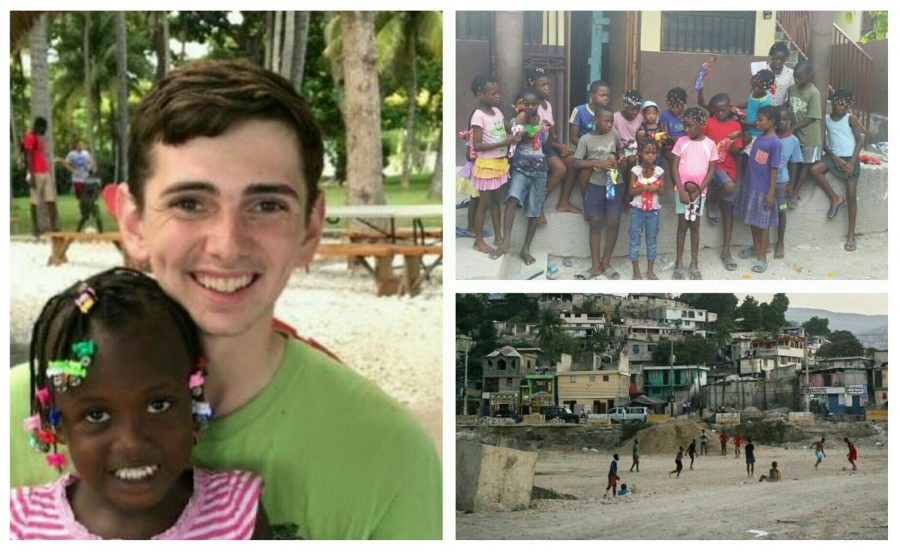
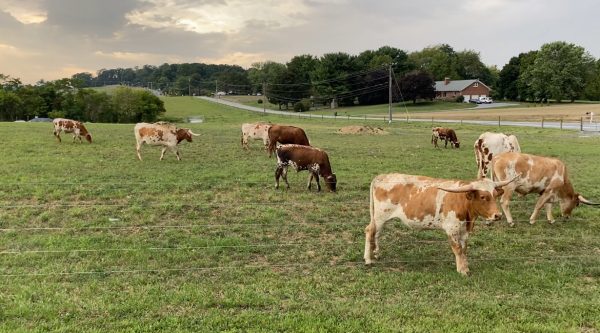

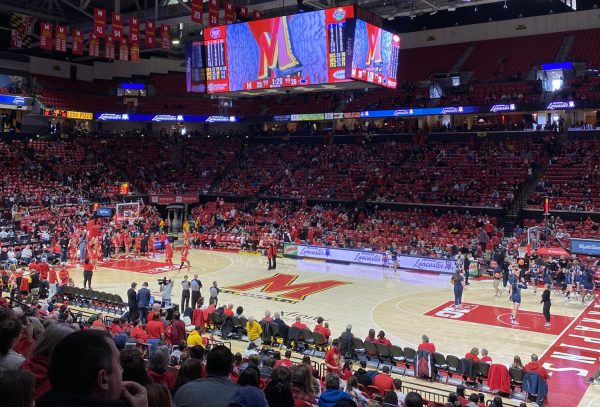
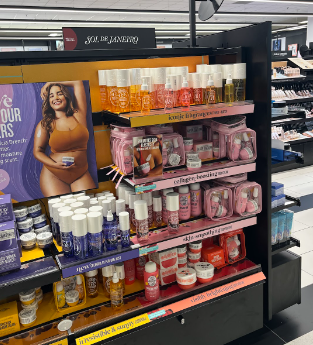
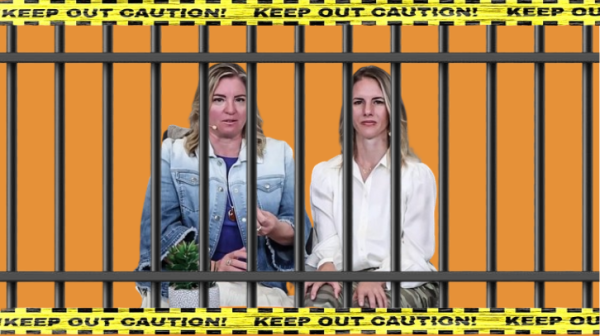

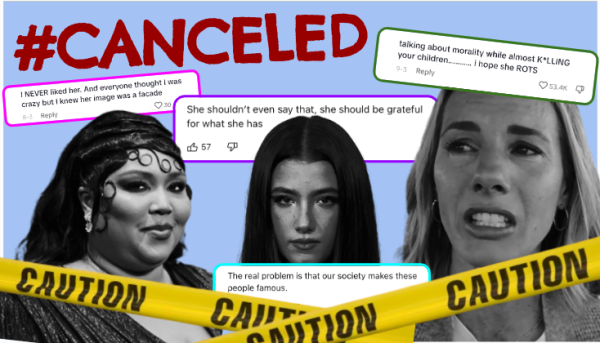



Ariana • Nov 2, 2017 at 9:23 pm
Such an amazing article to read. I’m glad Jesus was able to work through you like that. Thanks for sharing your experience.
Ames Greene • Oct 31, 2017 at 9:00 pm
YAS Bails!!! Amazing article!!!! Good job!